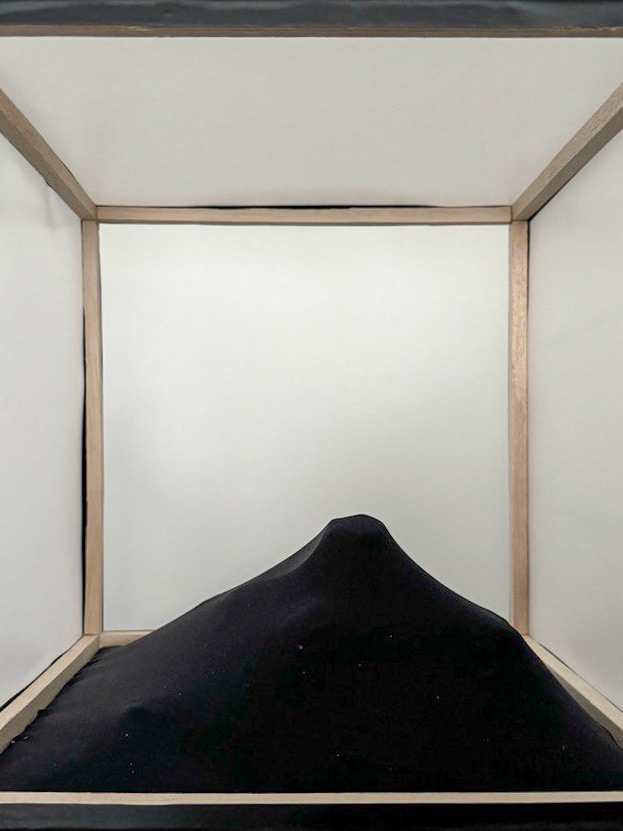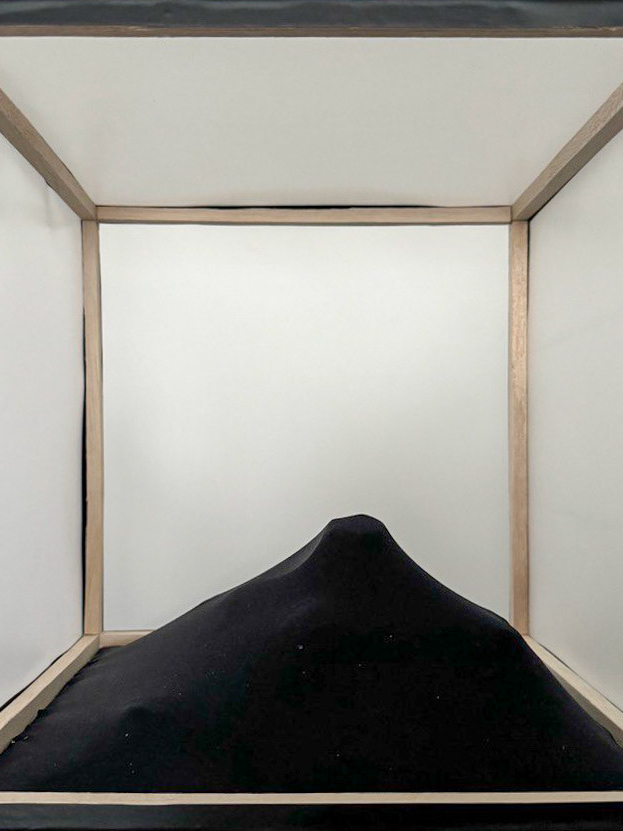Dot Pastry is a personal project I started during the COVID pandemic. It began as a fun experiment, but eventually grew into a small business that supported me financially for a time. This project allowed me to use all my design thinking abilities to create something from scratch.
I started by teaching myself how to bake and developing recipes, focusing on creating new and unique flavors. Once I perfected the products, I decided to turn the project into a business and began selling them.
The name Dot Pastry has a deeply personal meaning to me. I have a birthmark on my face that people often remembered me by, and as I grew older, I started calling it "the Dot." This project represents everything I am for a while —financially, physically, and mentally—so naming it after something so connected to my identity felt right. Dot Pastry is not just about baking; it is a reflection of my journey and creativity.
Designing Without a Graphic Design Background
As someone without a graphic design background, I approached this task by thinking of it as translating a concept into a visual, two-dimensional form. This was particularly challenging for me since my studies in interior architecture had trained my mind to think in three dimensions, not two.
I found myself asking fundamental questions:
What is this?
What am I doing?
What am I trying to present?
During this process, I arrived at a guiding idea: Dot is a perfect form, but nothing is truly perfect. How can we represent a perfectly imperfect idea?
I started by selecting an imperfect-looking font that felt organic and handmade, capturing the personal and creative essence of the business. From there, I worked to connect the form of the font to cookies, ensuring it evoked the essence of the baked goods that Dot Pastry creates.
While I knew I might lack the technical skills to fully execute such a vision, this project wasn’t just about the outcome. It was about letting design thinking take the lead, allowing me to stay creative and keep my spirits alive during the isolation and challenges of the COVID pandemic.
The Challenge of Budgeting and Packaging
The next challenge was budgeting. I started with some pocket money, and after careful planning and research, I was able to turn a profit.
Packaging was another significant hurdle. I needed to find an affordable solution, aligned with the concept, and minimized waste. The one clear rule I set was to avoid plastic. Initially, all the packaging was plastic-free. However, as the business grew and I needed to manage long-distance deliveries within a budget, I had to incorporate some plastic into the packaging as a practical and cost-effective option.
Balancing sustainability, aesthetics, and cost was a constant challenge, but it was an essential part of making Dot Pastry both functional and thoughtful.
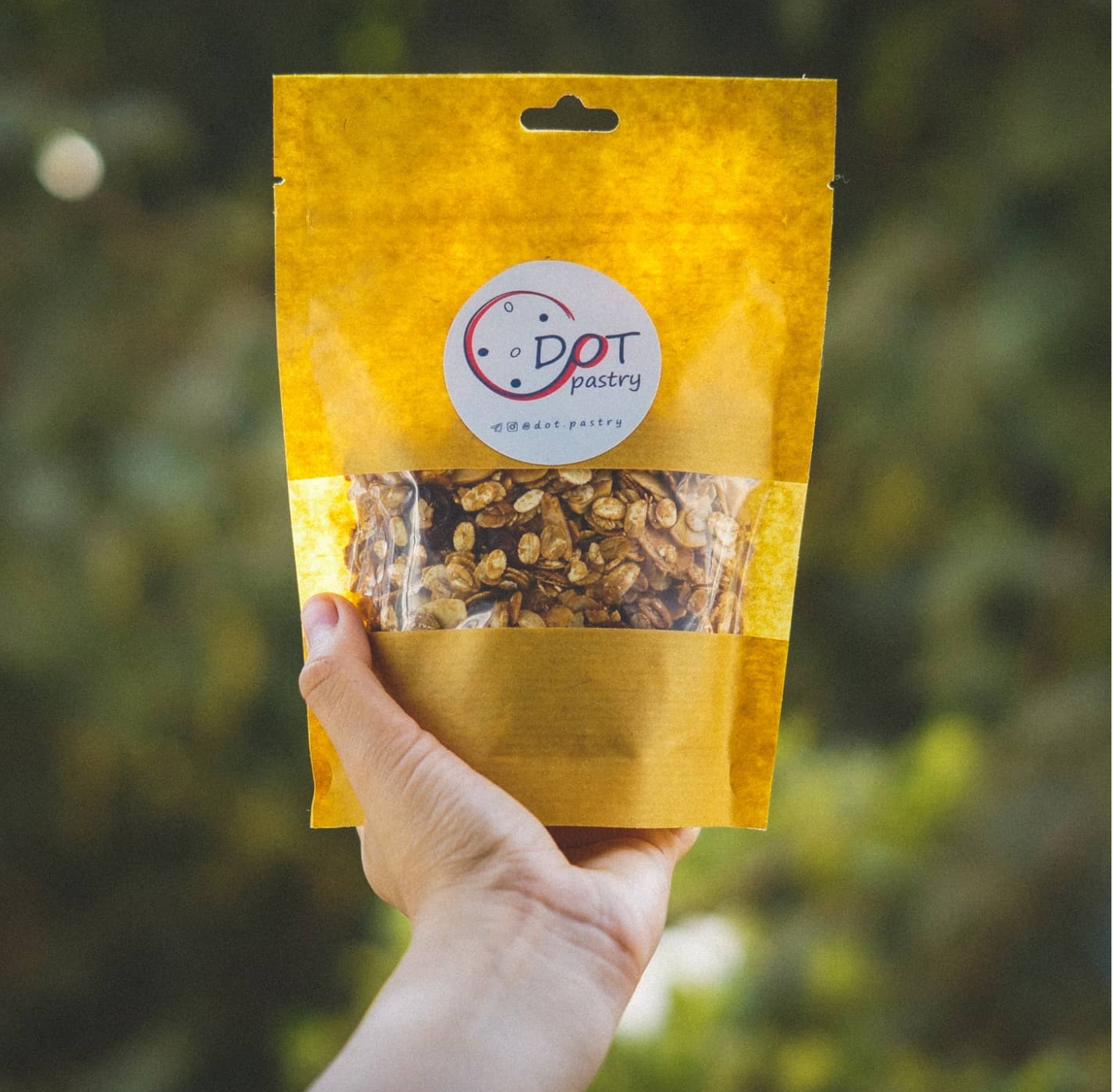
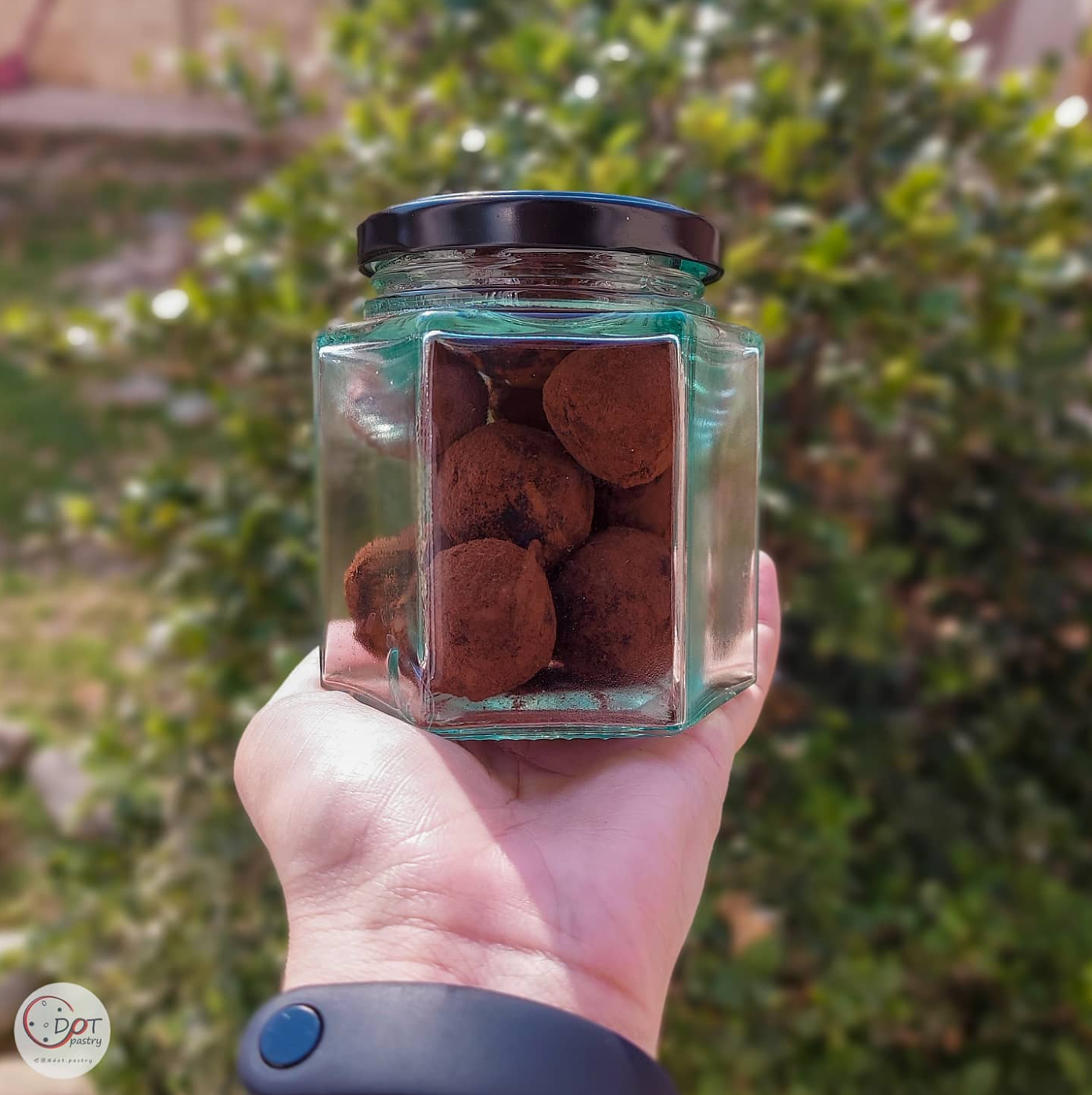
The Challenge of Marketing and Branding
Another challenge that required a lot of thought and research was marketing and presenting the brand as it neared its launch. Being a small business with limited resources, I started by selling my products on Instagram.
Over time, I was introduced to a larger group of customers. Eventually, I began producing cookies for events and collaborating with other businesses for promotions.
I can't say that every decision I made was entirely deliberate, but I did my research and adapted as needed. For a one-person operation, it was working well and gaining traction.
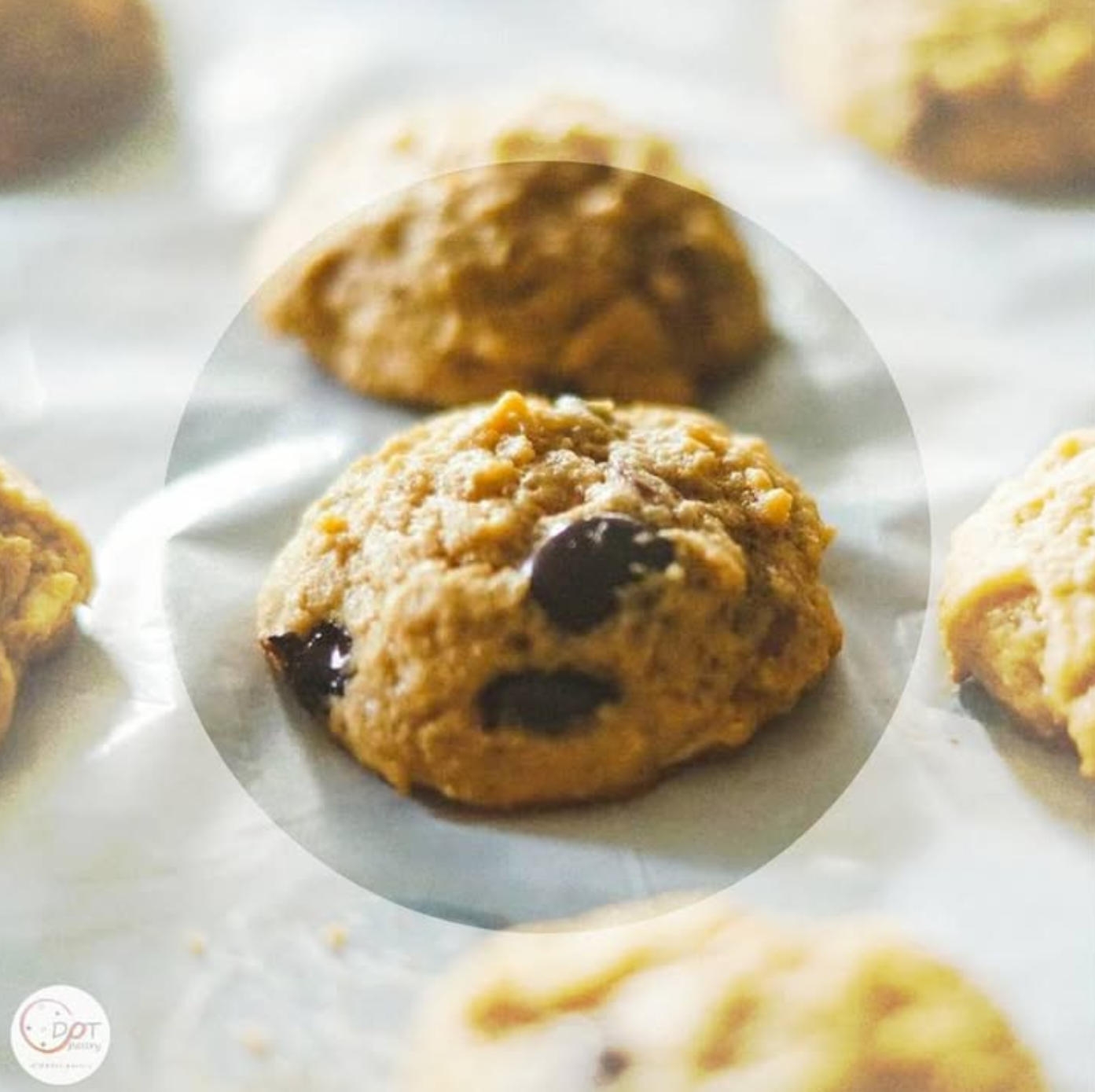
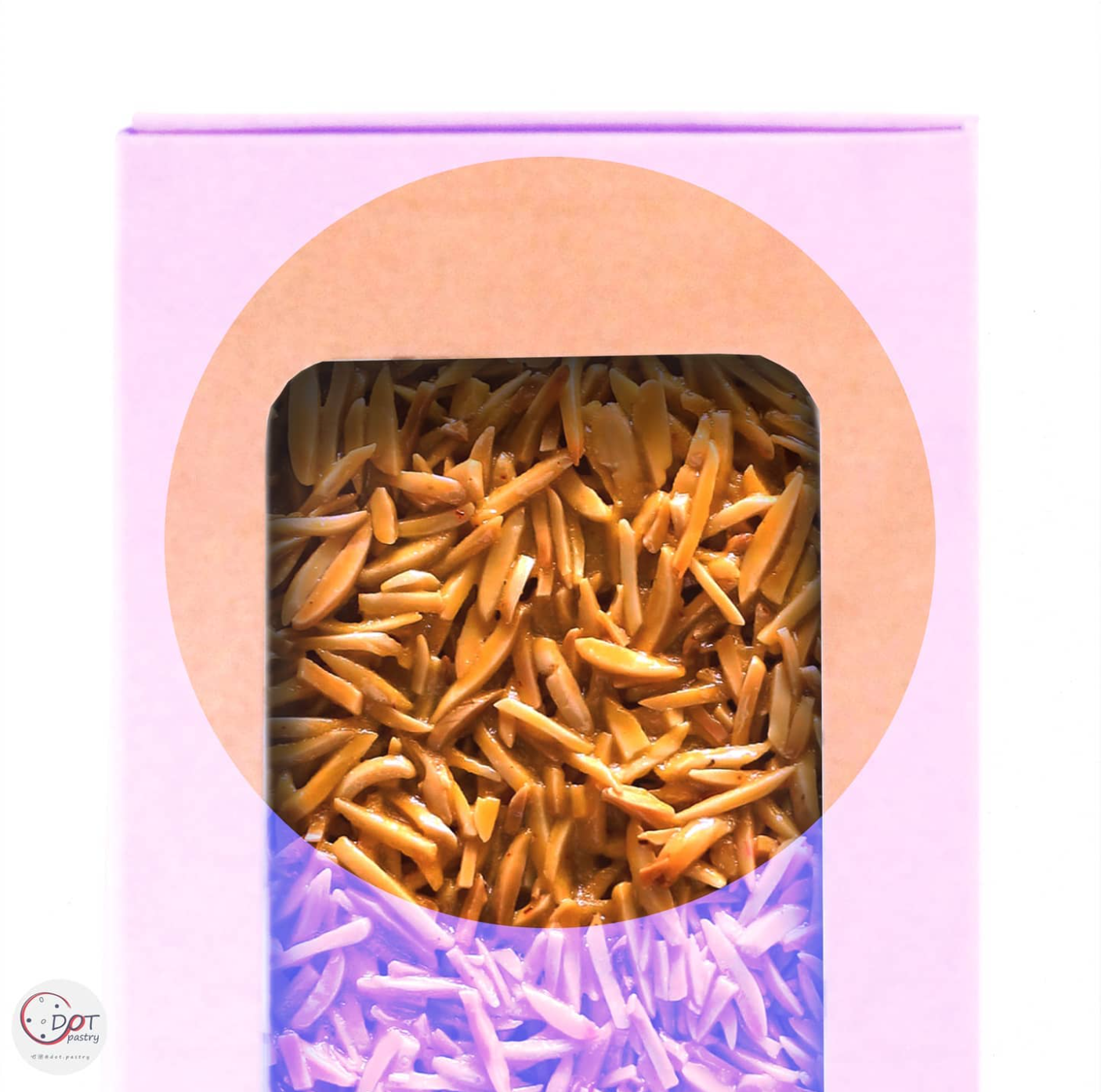
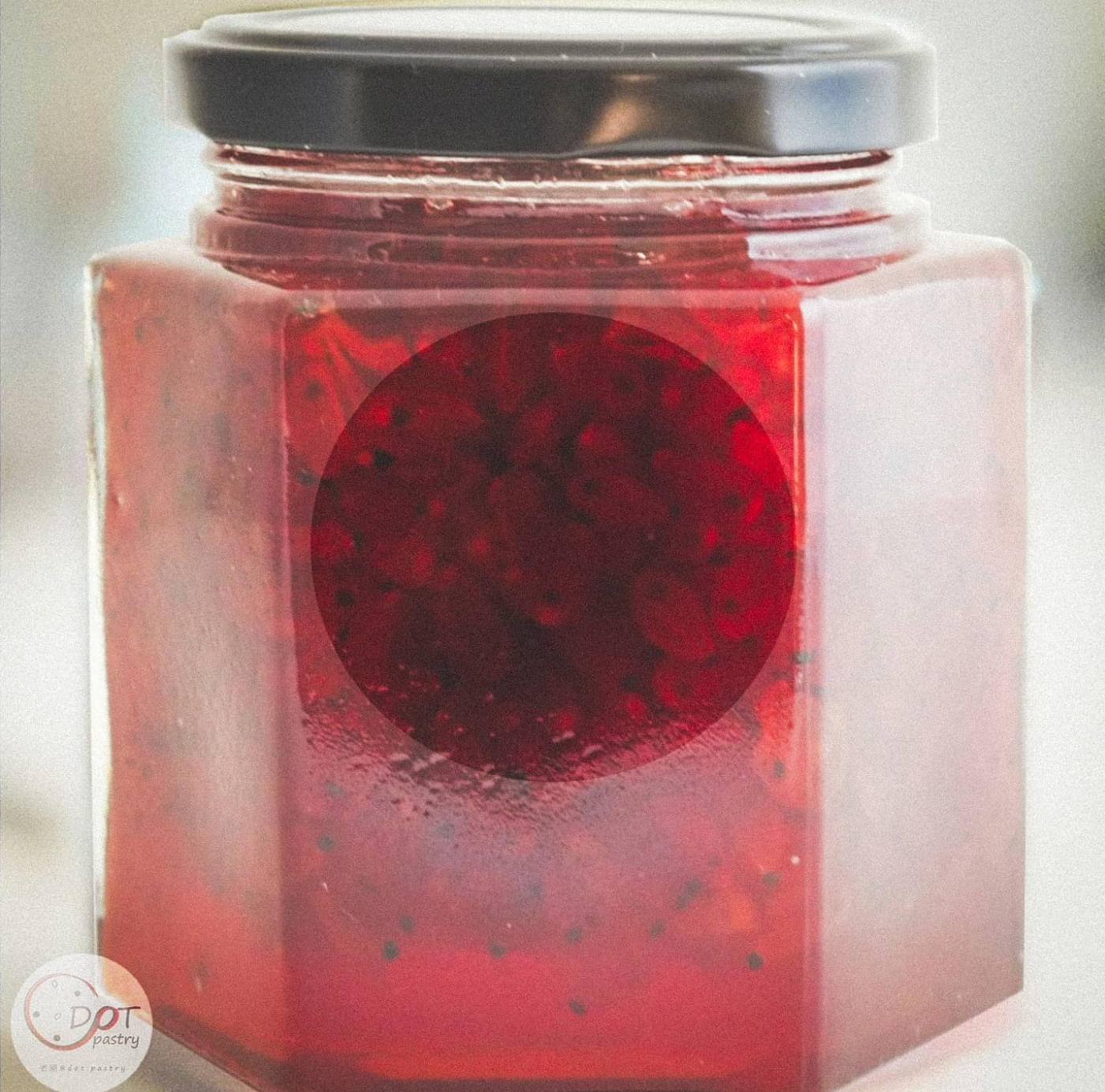
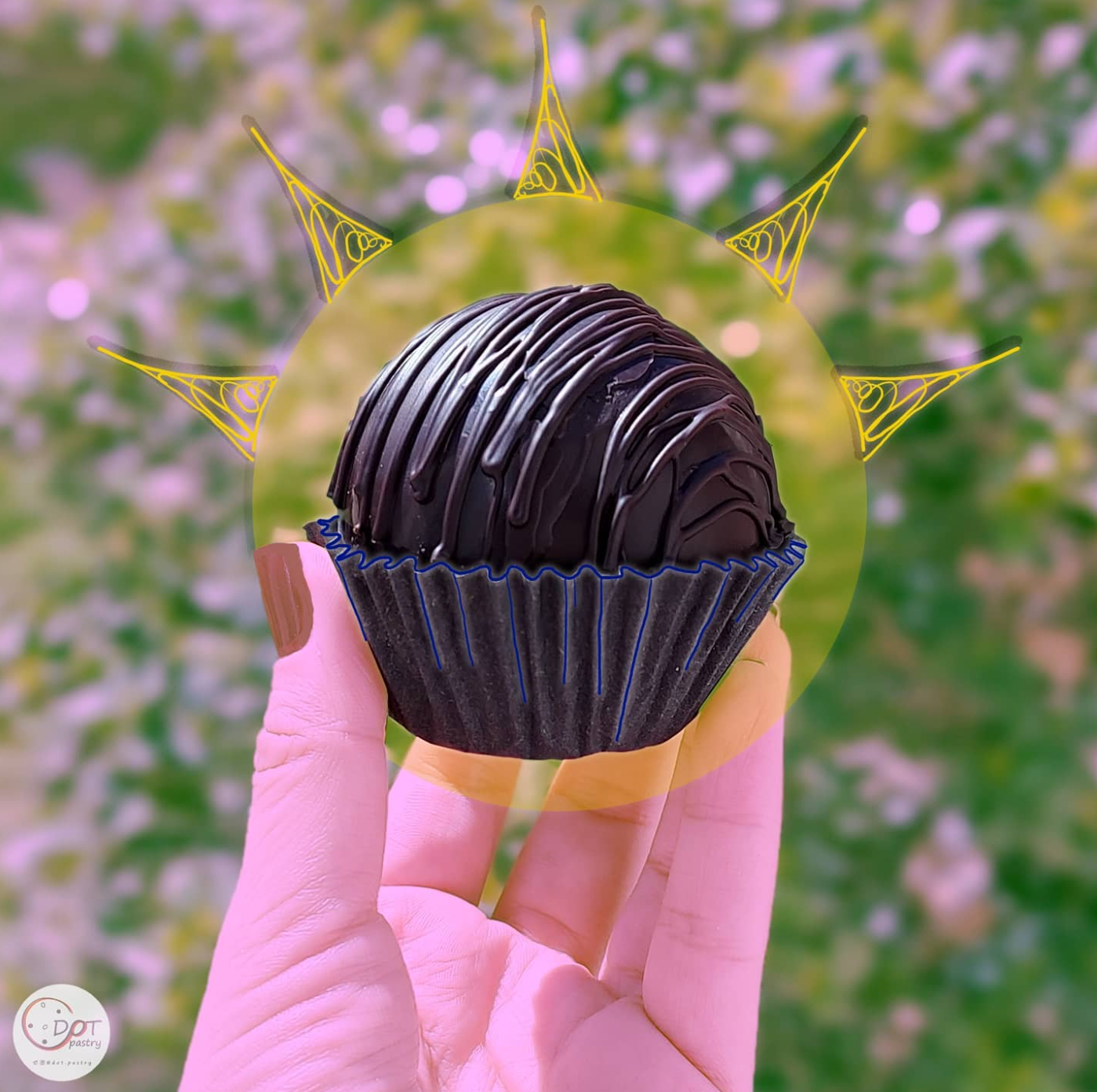


Ending the Project and Moving Forward
Eventually, I decided to stop the Dot Pastry project as I moved to Austria to continue my studies as an exhibition designer. This project taught me so much and gave me the joy of creating something out of nothing. It showed me when to be independent, when to ask for help and when to start a group project through collaboration. It also taught me how to manage finances, when to spend and when to invest.
Most importantly, it taught me how to apply design thinking in ways beyond just designing spaces. Dot Pastry brought me great joy and allowed me to grow in unexpected ways, both as a designer and as a person.
